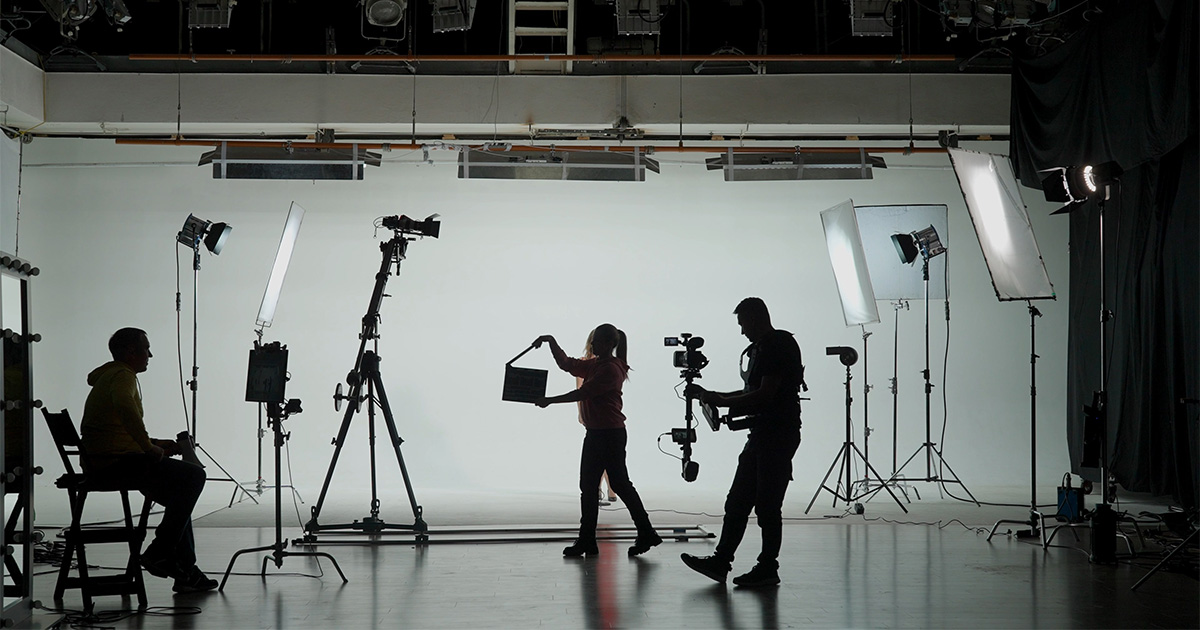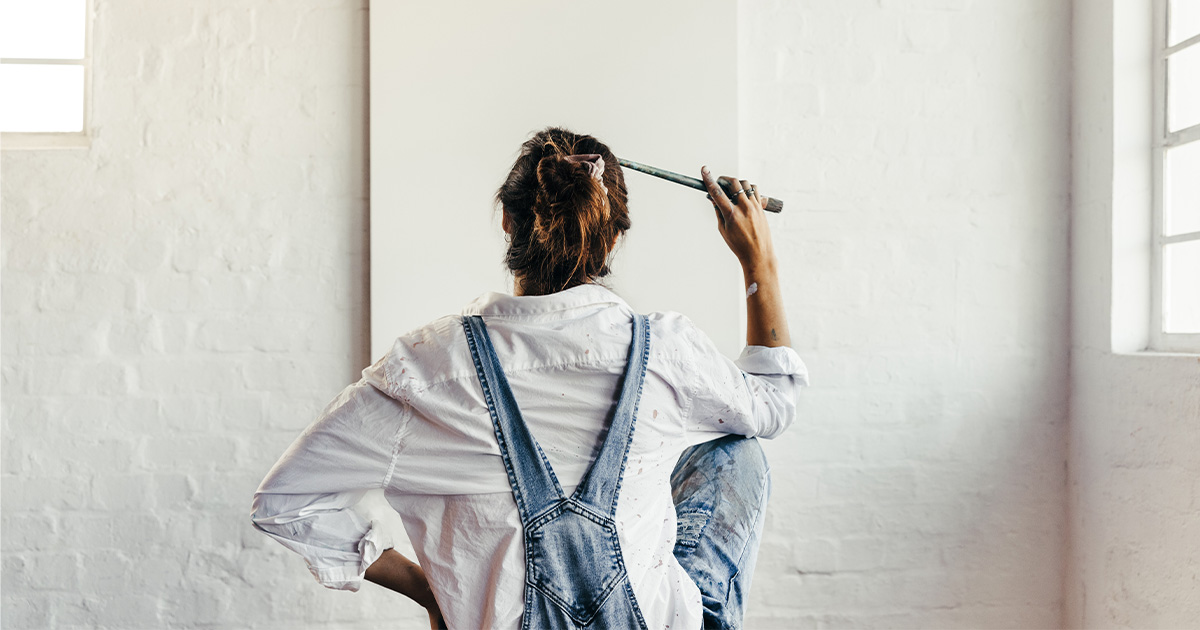We’ve been here for a long time. As humans, we’ve painted caves, told stories, carved statues, and yes — built machines. Nothing around us is unnatural. Every screen flicker, every algorithm, every line of code is part of a continuous thread that begins with fire and ends (for now) with artificial intelligence. So let’s drop the dramatics: this isn’t “against nature.” This is nature. It’s us.
But something has shifted. In the past few years, we’ve started to lose the thread. Not because we’re incapable of understanding the tech we’ve built, but because we’re struggling to feel anything about it. We’re standing in awe-inspiring rooms, surrounded by masterpieces that were made in seconds — and we’re yawning. Why?
Because the machine makes things, but not journeys.





